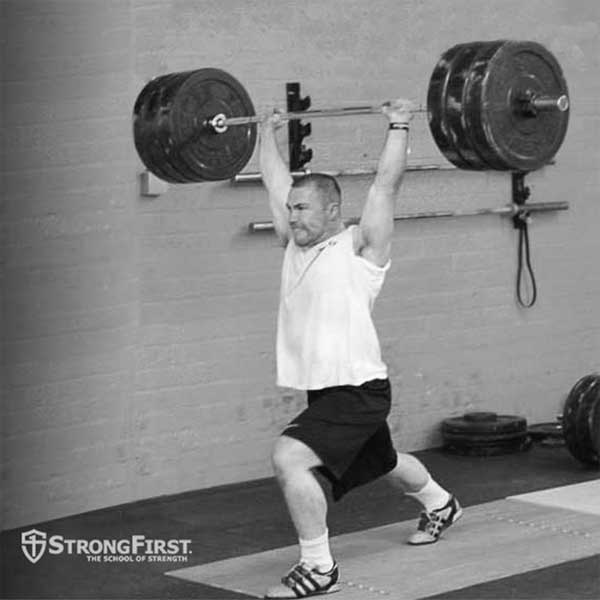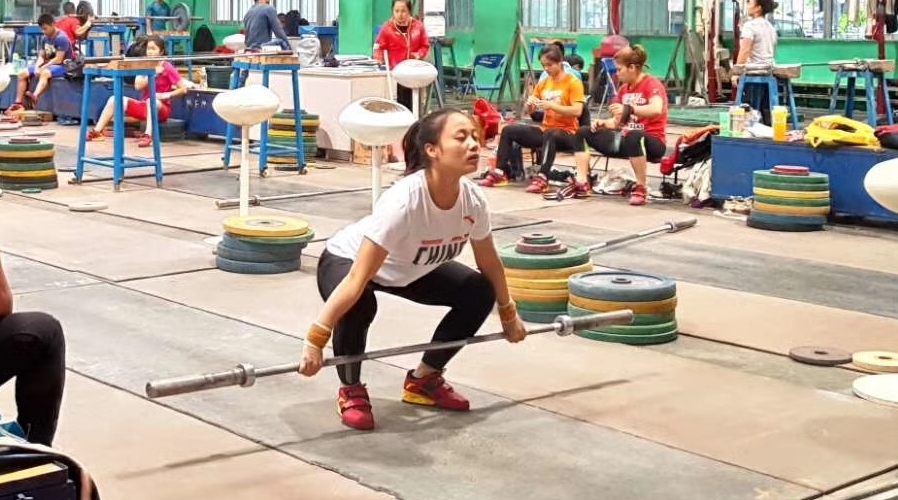As you can tell from the above post, I am biased towards Torokhtiy's technique. He has been traveling around the world giving seminars. Dmitri Klokov has also been giving seminars but not with Torokhtiy - you could say they're competitors. However, the technique they teach is identical, which makes sense since both athletes were brought up in the Soviet system - Torokhtiy is Ukrainian and Klokov is Russian. For lack of a better term, I will this technique the "Soviet technique" since it is used in Russia, the former Soviet republics, and even Eastern Europe.
The other major player in the weightlifting world is China. They have developed their own technique which is different than the Soviet. Good article here about the differences in the two.
Quick explanation of major differences. Lifting with quads vs staying over the bar.

www.coachpapayats.com
Although the article compares the Chinese pull to the American pull, I
think the American technique is based largely on the Soviet model - depends on who is teaching it. Based on my limited observation of the Chinese pull, the difference seems to be that the Chinese use a more hip dominant pull while the Soviets use a quad dominant pull.
Torokhtiy has tons of free content on Youtube and I've learned a lot from just the videos. If you do the drills I believe you can teach yourself the Soviet technique. Although I had worked with a coach before I changed my technique just by watching Torokhtiy's videos. Yes, I had an advantage since I understood the basic idea behind the pull, but the Soviet technique was different from the bad things I was doing. Note: I don't blame my coach for this.
Needless to say the Soviet technique is my preferred technique and I have no interest in learning anything else. That doesn't mean that the Chinese method is bad. China produces great lifters so they must be doing something right. However, I do not know much about it so I can't answer questions about it.
As for USAW, it's been a while since I read about their technique. I first tried to teach myself Olympic lifting around 2000. Coaches were scarce and CrossFit had not yet become popular (yes, we can criticize CrossFit all day, and I have, but they're use of the Olympic lifts in their WODs greatly increased the popularity of weightlifting in the US). They few articles about weightlifting on the Internet taught the "jump and shrug" method. The jump cue isn't necessarily bad, but it's a "jump" where your feet don't leave the ground. If that makes no sense, don't worry about it. The Soviet method mentions jumping once or twice but does not rely on it as a cue. The shrug happens involuntarily as your body tenses itself in response to rapidly pulling a heavy weight. Torokhtiy never mentions the shrug and Klokov has emphatically stated that there is no shrug. So, the "jump and shrug" teaching method is somewhat antiquated.
What about plantar flexion aka getting up on your toes? USAW actively teaches it. Torokhtiy mentions is almost in passing, that it's okay to do. Klokov thinks that, like the shrug, plantar flexion just kind of happens as a follow through to the aggressive extension of the knees and hips. The Soviet method focuses on the important aspects of the pull does not major in the minors. It's actually a beautifully simple teaching method.
Lastly I will discuss the dreaded "arm pull." When I was reading articles in 2000 they all said DON'T PULL WITH THE ARMS EVER. Today, coaches seem to respect their lifters' intelligence. An arm pull is not bad
if it happens at the right time. An "early" arm pull is bad. For instance, if a lifter gets the bar into the power position and then the first move is an arm pull so that the lifts looks like cheated upright row, this is BAD. Instead, a pull with the arms is the
last thing you do. Mike Burgener actually referred to this as the "third pull." My coach freaked out when he heard me use this term because it is not something USAW teaches. Also, the intent isn't so much to use the arms to pull the weight higher. Instead, you use the arms to pull yourself under the bar. Why? Because basic physics tells us that the acceleration of gravity is constant in a vacuum. Although we don't Olympic lift in a vacuum, we are so close to the earth that any air resistance is not relevant. So, once the bar reaches its apex it starts to fall - faster than we'd like. If all you do is "drop under" the bar by lifting your legs, you and the bar will fall to the earth and the same rate, and you will never be able to get under the bar. Could you try to time your drop under so that you start dropping while the bar is still going up? Good luck with that. This attempt at timing will result in a lifter not finishing the pull and will result in complete failure once any sort of decent weight is on the bar. Here's what to do instead. When the bar reaches the apex of the pull, it becomes weightless for a microsecond. When you pull with your arms you will be able to slingshot yourself under the bar faster than the acceleration of gravity. You have now won the race to the bottom and can get under the bar. Obviously if the weight is light there will be some upward pull on the bar. That's fine as long as the lifter understands that the arm pull is really a pull under.
I should write a book on this or something.


